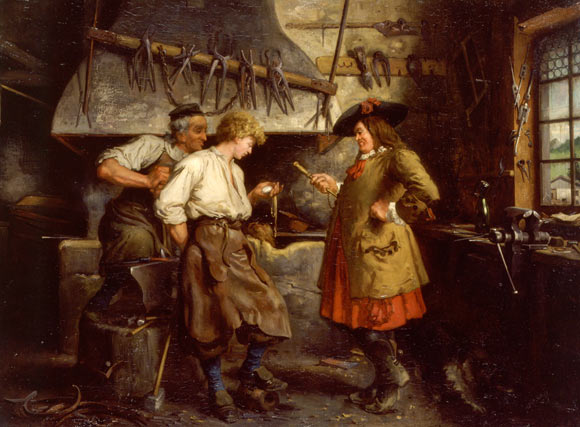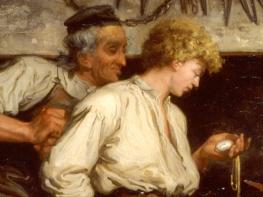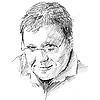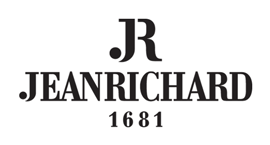Aside from Girard-Perregaux, I also have the pleasure of overseeing the heritage of the JEANRICHARD brand named after this emblematic character. And here is the story – mid-way between legend and reality.
I have often been asked the question: how did it all begin? Were you always watchmakers in this region? The answer is no: as far as we know, portable horology owes the beginnings of its existence to the application of an arms invention to the watch: the spring. This occurred in the late 15th century, in the region of Mantua, Italy. Prior to that, so long as the power source of timepieces was the slow descent of a stone or iron weight, it was simply not possible to make them wearable.
"It was only at the end of the 17th century that the Neuchâtel mountain area opened up to horology. "
Following this, watchmaking, at the time a close cousin of goldsmithing, developed in places where there were clients who were wealthy enough to buy themselves things like this: the European Courts, like Paris, London or Amsterdam. It was only at the end of the 17th century that the Neuchâtel mountain area opened up to horology. One particular person played a pivotal role in this: Daniel JeanRichard (1665 – 1741). According to an account published in 1766, the young Daniel, an apprentice blacksmith in Sagne, a village close to La Chaux-de-Fonds, saw a watch for the first time in his life when he was 15. It was an object that a horse trader had bought in London and which had broken down on the trip home.
Knowing the skill of the young man, the trader entrusted his watch to him and asked him to repair it. Daniel carefully studied the mechanism, took it apart and fixed it. While doing this, he sketched all the parts with the aim of making an identical one. A year later, he succeeded in making his first watch, which was the first ever made in the Neuchâtel mountains.

Taking a closer look, it is unlikely that JeanRichard at the age of 15 was actually able to make a watch on his own, but maybe he understood the way it worked without having any means of making it. For example, how could he have made completely round wheels with very regular teeth, or the escapement parts, or how could he have been able to align the two discs exactly so that the gear train was positioned correctly?
Documents from the time (1712) demonstrate that when JeanRichard practiced his art, the Neuchâtel mountains were home to some hundred watchmakers. Like all professions, this one was already strictly regulated: candidates started an apprenticeship with a master after signing a contract before a notary; and after five years of study, the young watchmaker was accepted into the corporation prior to becoming a master himself, if he was deemed worthy of this honour, in order to teach the art to others in his turn. To date, no document has been discovered indicating the course followed by Daniel JeanRichard. What is more than likely is that he followed the above career path because he trained many apprentices and must therefore have been recognised as a master.

Another question remains – namely – where did the knowledge come from? The most likely hypothesis attributes this to the Huguenots, who fled France during the abolition of the Edict of Nantes by Louis XIV, and moved to our land bringing their skillsets, which included watchmaking. Thanks to them, the people from the region, who were already known for their dexterity, learned this new profession and rapidly produced their first watches. Was JeanRichard one of them? Undoubtedly. In any event, the aura of this man is such that he is considered the father of watchmaking in our region, while his contemporaries are long forgotten.
Willy Schweizer is Curator of the Girard-Perregaux Heritage.





